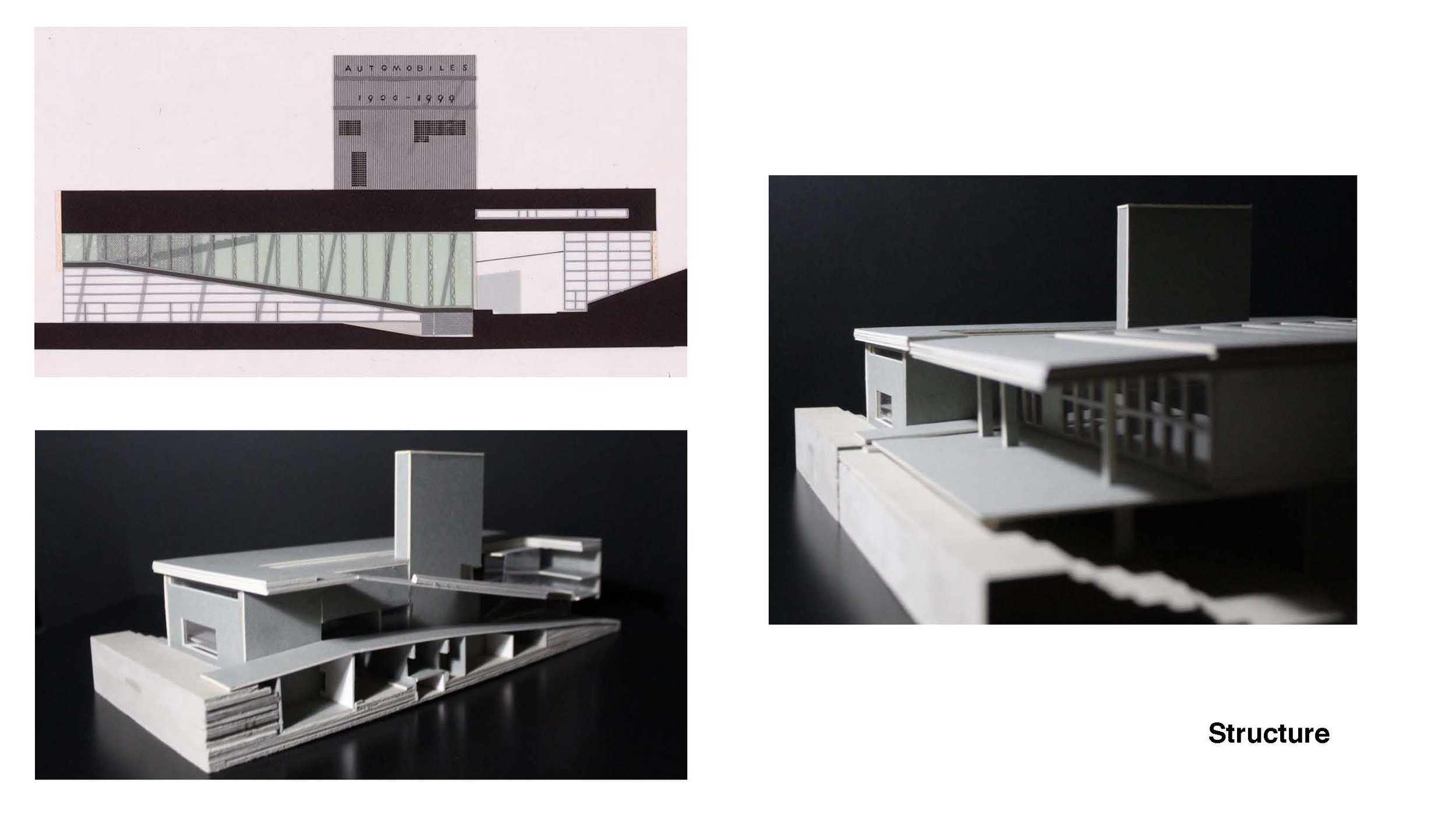Hard Space : Soft Tactics
SuperStudio 3
Michael McQueen, Lecturer in Architecture
Rachel Bevan, Teaching Fellow

Our contextual studio centres on live-issues and real-world engagements. We challenge our students to develop architectural, environmental and spatial responses, whether pragmatic or visionary, reflecting on how they might understand their work within personal and professional values. Simply put; What is your work within this space? Who might it engage with?
Studio projects are contingent upon live-issues as identified through evolving and widening engagements.
The studio so far has examined the post-industrial post-conflict northern edge of the city of Belfast, along a route from McArt’s Fort down to Titanic Belfast. This route includes physical structures from the bronze age to the contemporary branded city, and covers a wide range of cultural, environmental and demographic contexts.
The distinction between live-issues and live-projects is significant. Belfast’s recent history of technocratic conflict management, and subsequent reliance on free-market investment, has restricted progress towards a progressive and diverse representation of interests in development models that is now seen as best practice in many contexts.
Our approach explores the relative local limits of architectural determinacy in various fora (cultural, environmental, economic, political and legislative) and through that speculates on a range of potential progressive clients and drivers for architectural design. Studio outputs are, where possible, formed as products to extend dialogue, knowledge-exchange and knowledge-building within the context. The overall approach recognises, and aims to address, well-established criticisms of professional self-referencing and limited relevance in both the ‘black box’ of conventional architectural studio education and commission-dependant professional practice.
In previous years we have developed architectural proposals centred on opportunities associated with North Belfast and the cultural heritage of Sailortown within our evolving city context.
In 2021-22, studio projects are drilling down into the complex challenges associated with mobility, connectivity and environmental resilience of urban space.
We are working with the specifics of context in North Belfast
Previous studio work has identified two key themes to be developed this year:
Social and Environmental
Connectivity and Resilience
These themes are taken to imply a particular approach to architecture, one that conceives the architect and urbanist ‘not as the autocratic surgeon or artist, but instead a skilled craftsperson — a weaver carefully contexturing the fabric of the city.'

STUDIO RESEARCH STATEMENT
Research Description, Content and Questions
This studio employs the architectural teaching studio in a process of situated learning in multi-actor settings, initially examining the post-industrial post-conflict northern edge of the city of Belfast. This approach recognises address well-established criticisms of professional self-referencing and limited relevance in both the ‘black box’ of conventional architectural studio education and commission-dependant professional practice. Our extended and evolving contextual engagement centres on live-issues, real-world engagement and data collection. Students are introduced to discourse around the limits of architectural determinacy in social, material, economic, political, legislative and environmental fora. Studio actions are contingent upon ‘live issues’ identified through evolving and widening engagements. The distinction between live issues and live projects is significant. Belfast’s recent history of technocratic conflict management and subsequent dominance of free-market investment exacerbates limits to broad-based spatial representation and empowerment. This democratic deficit informs the studio’s ambition. Rather than claim to represent any one actor or agency however, the studio’s position of honest broker’ explores opportunities for shared spatial and architectural futures and mutual benefit. Studio outputs are formed as products to extend dialogue, knowledge exchange and knowledge-building. The over-arching research question can be summarised as: “Can reframed architectural operations contribute more effectively to socially sustainable futures.” Or, more specific to Belfast: “Do architectural operations offer a potential contribution in resolving contested space?”
The pedagogic questions for students are “What agendas might define your future work?” and “What is your personal ambition in that work?”
Method
The initial methodology is drawn from EU/CRC funded research (Your Space or Mine?) and associated funded projects carried out by the studio lead in Derry/Londonderry and Belfast since 2008. This work has employed architectural skills and knowledge along with public art and participatory practice methodologies in engaging diverse interests and actors. Methodology rather than a specific question is central to the studio. Community planning, public art and conflict resolution theories share ‘engagement’ as central to ambitions for shared, positive and sustainable outcomes. Our extended studio-based research creates opportunities to address some well-established critical perspectives on conventional professional engagement processes which are typically restricted by time, funding and commission-determined parameters.
Findings and Outlook
Work in 2020–21 mainly responds to the recently announced public consultation on the major infrastructure project at York Street Interchange (YSI). The studio will focus on the spatial aspects of significant physical and economic disconnection and rupture in the YSI “Shatterzone’. This area is recognised as stifling opportunities for communities of extreme socio-economic multiple-deprivation in North Belfast to benefit from the major investment corridor running from the city centre, through development at Tribeca, Ulster University, Clarendon Quays and into Titanic Quarter.
It is planned that, through the Civic Ambassador programme, work in Sailortown, YSI and Ardoyne/Cave Hill will extend to include York Street New Lodge and Tiger’s Bay communities. Separately, initial approaches have been made to the studio by community organisations in Peter’s Hill/Millfield and on the Springfield/Shankill community interface and it is expected that future work can be developed in those areas.
Dissemination
Plans for a stakeholder and public exhibition of studio work to be held in St Joseph’s Church and public workshops in community settings have been postponed due to Covid restrictions but it is expected that these will take place as soon as restrictions are lifted. A website is planned to record and further disseminate the work of the studio. As a Civic Ambassador funded studio, dissemination of work will be supported by the University’s Widening Access and Participation programme and Ulster’s Science Shop community-engaged research and learning programme.
For more information on this SuperStudio, please contact Michael McQueen







































